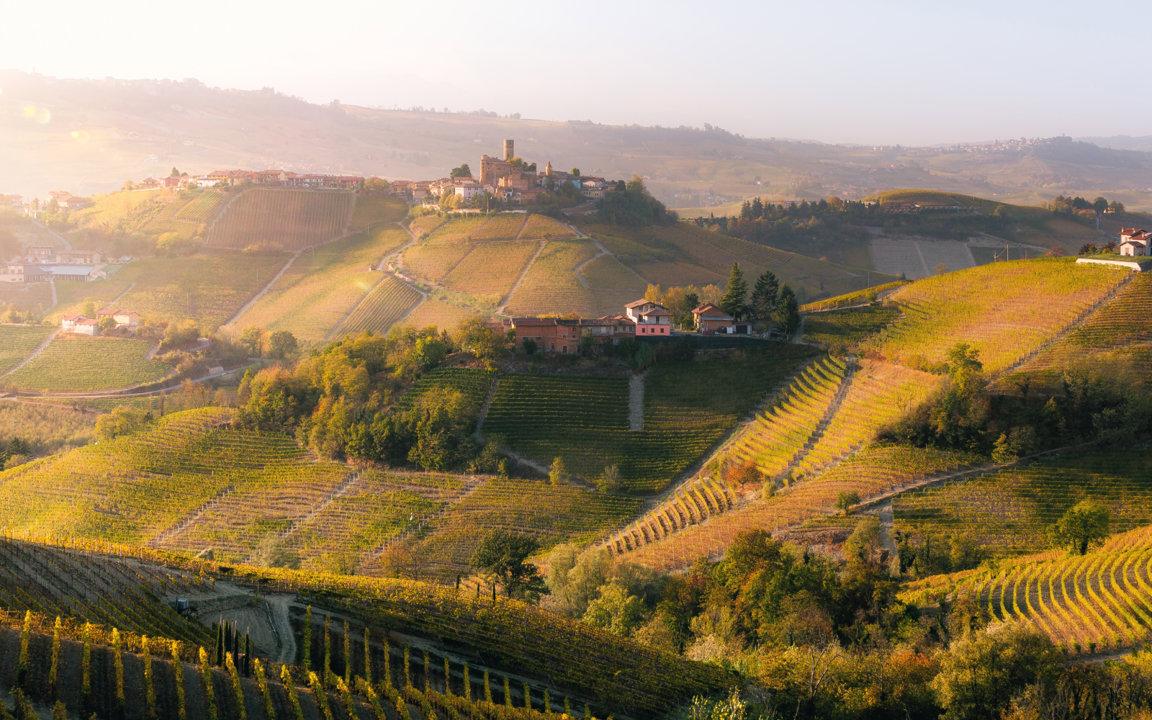
Piemonte: 8 Milioni di Euro per un Grande Progetto di Rinaturalizzazione Un investimento senza precedenti per la biodiversità regionale. La Regione Piemonte ha stanziato 8 milioni di euro per un vast
Post: 22 October 23:01

Post: 22 October 23:01

Post: 16 May 13:32

Post: 24 July 14:10

Post: 13 June 13:31

Post: 25 June 16:57

Post: 14 June 09:48

Post: 16 June 13:46

Post: 2 September 07:39

Post: 1 July 08:45

Post: 21 June 06:23

Post: 11 September 07:31

Post: 12 May 13:05

Post: 13 June 22:09

Post: 28 August 08:16

Post: 1 August 08:00

Post: 23 October 09:51

Post: 2 September 07:12

Post: 25 July 09:04

Post: 10 June 18:45

Post: 8 March 00:11

Post: 1 October 17:48

Post: 30 May 12:49

Post: 29 May 16:38

Post: 13 October 12:57

Post: 9 September 13:13

Post: 22 June 14:26

Post: 28 May 14:12

Post: 14 October 09:53

Post: 17 June 08:36

Post: 16 June 14:27

Post: 11 June 06:26

Post: 27 May 15:10

Post: 14 May 09:03

Post: 2 September 06:37

Post: 20 June 15:32

Post: 17 June 17:39

Post: 24 July 12:30

Post: 24 October 00:49

Post: 20 June 10:05

Post: 20 May 14:41

Post: 20 May 10:51

Post: 16 May 10:04

Post: 7 March 17:10

Post: 4 September 07:17

Post: 24 July 11:53

Post: 21 June 14:31

Post: 12 June 15:06

Post: 20 May 14:42

Post: 6 March 00:03

Post: 2 September 07:01